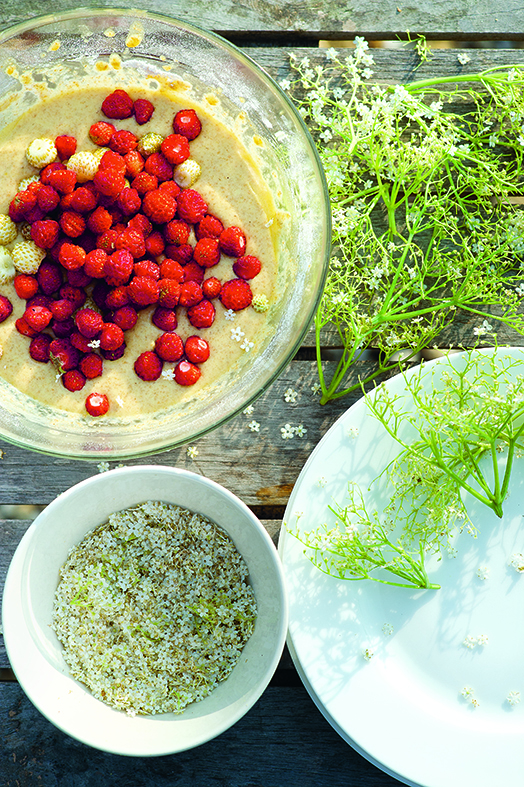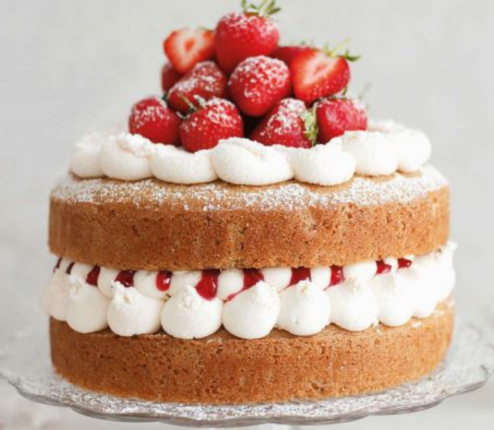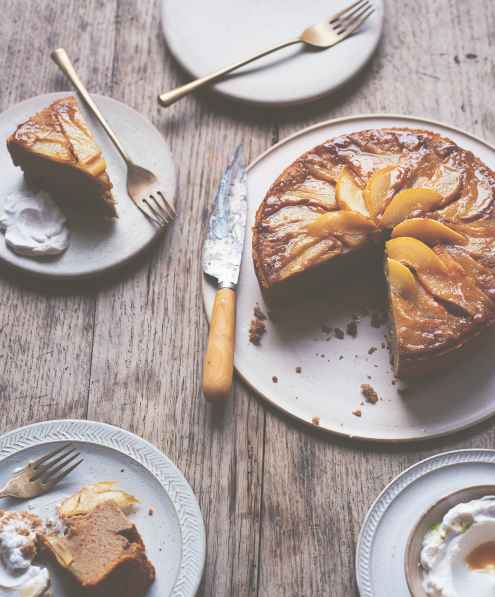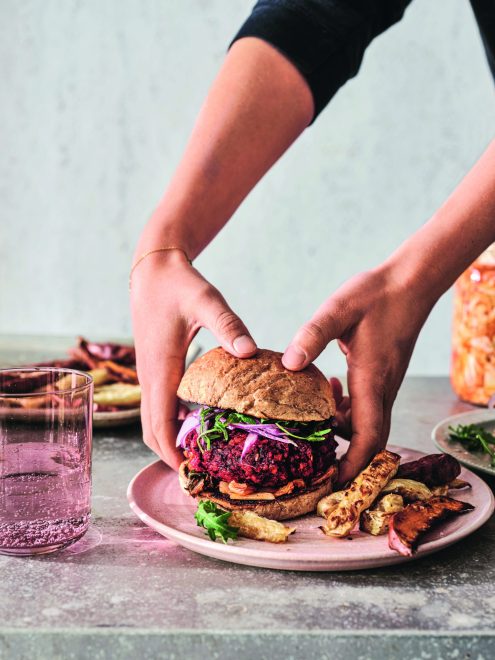Elderflower & strawberry drop scones
Laren Hadden keeps it seasonal as she finds a recipe for June elderflower

The Psychologies team has been planning some wild walks recently – both city canal walks and escapes to the country – and June brings lots of elderflower hiding in hedgerows and even in unexpected parts of cities.
We turned to a new seasonal cookbook to find a suitable recipe. ‘Drop scones make a fine breakfast,’ says Mark Diacono, author of seasonal cookbook A Year At Otter Farm (Bloomsbury, £25). ‘Even plain, without fruit, and just ribboned with honey and cream, these tiny pancakes are fabulous. Add raisins, brandy, grated apple or regular strawberries quartered, and you’re unlikely to be disappointed.
This elderflower and strawberry combination is the finest I have come up with. The mini strawberries just begin to break down when the scones cook, leaching some of their juice into the batter, while the florets dissolve, leaving the ghost of their scent and flavour behind. The spelt isn’t critical – I like it for the nuttiness and substance but using all plain flour, wholemeal or a combination is perfectly fine.’
Makes about 12
Ingredients:
For the drop scone batter
65g plain flour
65g spelt flour
1 tsp baking powder
25g caster sugar
A pinch of salt
Up to 100ml milk
30g butter, melted
2 free-range eggs
To assemble and cook
6 heads of elderflower
2 handfuls of min strawberries, such as Mignonettes
2-3 tsp vegetable oil for frying
Method:
1. Sift the flours and baking powder into a bowl and stir in the sugar and salt. Make a dip in the centre.
2. Add 2 tbsp of the milk and the melted butter to the eggs, and beat just enough to combine. Pour into the dip in the flour and beat in. Add the rest of the milk in a trickle, beating it into the flour until the batter drops – rather than pours – from a spoon; you may not need all of the milk.
3. Use a fork to strip the elderflower florets from their stalks and stir the florets, along with the mini strawberries, into the batter.
4. Put a few drops of oil into a large frying pan, wipe them around with a crumpled piece of kitchen paper, and warm over a moderate heat.
5. You will need to cook the drop scones in batches – cook 3 or4 at a time. Lower dessertspoonfuls of the batter into the hot pan, leaving space in between to allow them to spread a little. When you see bubbles appearing through the batter, use a palette knife to turn the drop scones over. Cook for another minute or son, until golden. Remove and keep warm while you cook the rest.
6. Serve the fruity drop scones warm, with yoghurt or cream.








